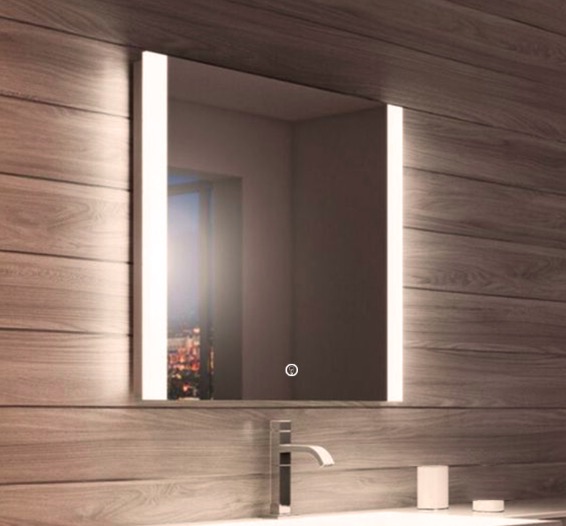How Can 3D Screen Technology Revolutionize User Interaction Across Industries
Home » How Can 3D Screen Technology Revolutionize User Interaction Across Industries
RECENT POSTS
Share:
- April 7, 2025
Table of Contents
Introduction to 3D Screen-Driven Transformation
3D screen technology, characterized by its ability to render volumetric visuals without specialized glasses, is poised to redefine user interaction across sectors. By merging depth perception with tactile feedback systems, this innovation transcends traditional 2D interfaces, offering immersive experiences that enhance decision-making, training, and consumer engagement. From healthcare to retail, industries are leveraging 3D screens to bridge the gap between the digital and physical worlds.
3D Screen Technology in Healthcare
- Enhancing Surgical Precision
Modern surgical suites now integrate autostereoscopic 3D screens to provide real-time, high-resolution 3D imaging during procedures. A 2023 study in Nature Medicine revealed that surgeons using 3D screens demonstrated a 30% improvement in operative accuracy during laparoscopic surgeries, reducing complication rates by 18%. These screens enable precise visualization of organs and vascular structures, minimizing invasive incisions.
- Revolutionizing Rehabilitation
In physical therapy, 3D screens combined with motion sensors create interactive environments for patients recovering from strokes. For example, gait-training simulations projected via 3D screens improved motor function recovery speeds by 25% compared to conventional methods, as reported by the Journal of Neurorehabilitation.
3D Screen Technology in Education
- Virtual Laboratories
Educational institutions are adopting 3D screens to simulate complex scientific phenomena. A Stanford University pilot program showed that students using 3D screen-based virtual labs scored 22% higher in molecular biology assessments than peers using 2D models. The technology allows manipulation of 3D cellular structures, fostering deeper conceptual understanding.
- Interactive Learning Modules
Corporate training programs utilize 3D screens for immersive skill development. Airbus reported a 40% reduction in assembly line errors after implementing 3D screen tutorials that overlay holographic instructions onto physical aircraft components.
3D Screen Technology in Retail and Entertainment
- Virtual Try-Ons and Product Customization
Retailers like Sephora deploy 3D screens for virtual makeup trials, boosting online conversion rates by 35%. Similarly, Nike’s AR-powered 3D screens in stores allow customers to customize sneaker designs in real time, shortening product development cycles by 50%.
- Immersive Gaming and Live Events
The gaming industry leverages 3D screens for glasses-free holographic displays. Sony’s 2024 prototype console achieved a 120° field of view with 4K resolution, enhancing player engagement. Meanwhile, concerts featuring 3D screen projections of artists, such as ABBA’s London residency, have driven ticket sales up by 60%.
Technical Foundations and Challenges
- Hardware and Content Development
Current 3D screens rely on lenticular lenses or light-field technology, with premium systems costing up to $20,000 per unit. However, advancements in nano-optics aim to reduce costs to $5,000 by 2026. Content creation remains a hurdle, requiring specialized software like Unity’s 3D SDK, which demands 40% more rendering resources than 2D equivalents.
- Standardization and Accessibility
The lack of universal 3D file formats and calibration protocols limits scalability. Industry alliances, such as the 3D Screen Consortium, are working to establish open-source frameworks by 2025.
Future Prospects for 3D Screen Adoption
MarketsandMarkets predicts the global 3D screen market will grow at a 25.7% CAGR, reaching $14.8 billion by 2027. Emerging applications in automotive HUDs and teleconferencing—such as Microsoft’s 3D Teams interface—will further drive adoption.
Conclusion
3D screen technology is not merely an incremental upgrade but a paradigm shift in human-machine interaction. Addressing technical barriers and expanding sector-specific use cases promises to unlock unprecedented efficiencies and engagement metrics, solidifying its role as a cornerstone of Industry 4.0.
0

